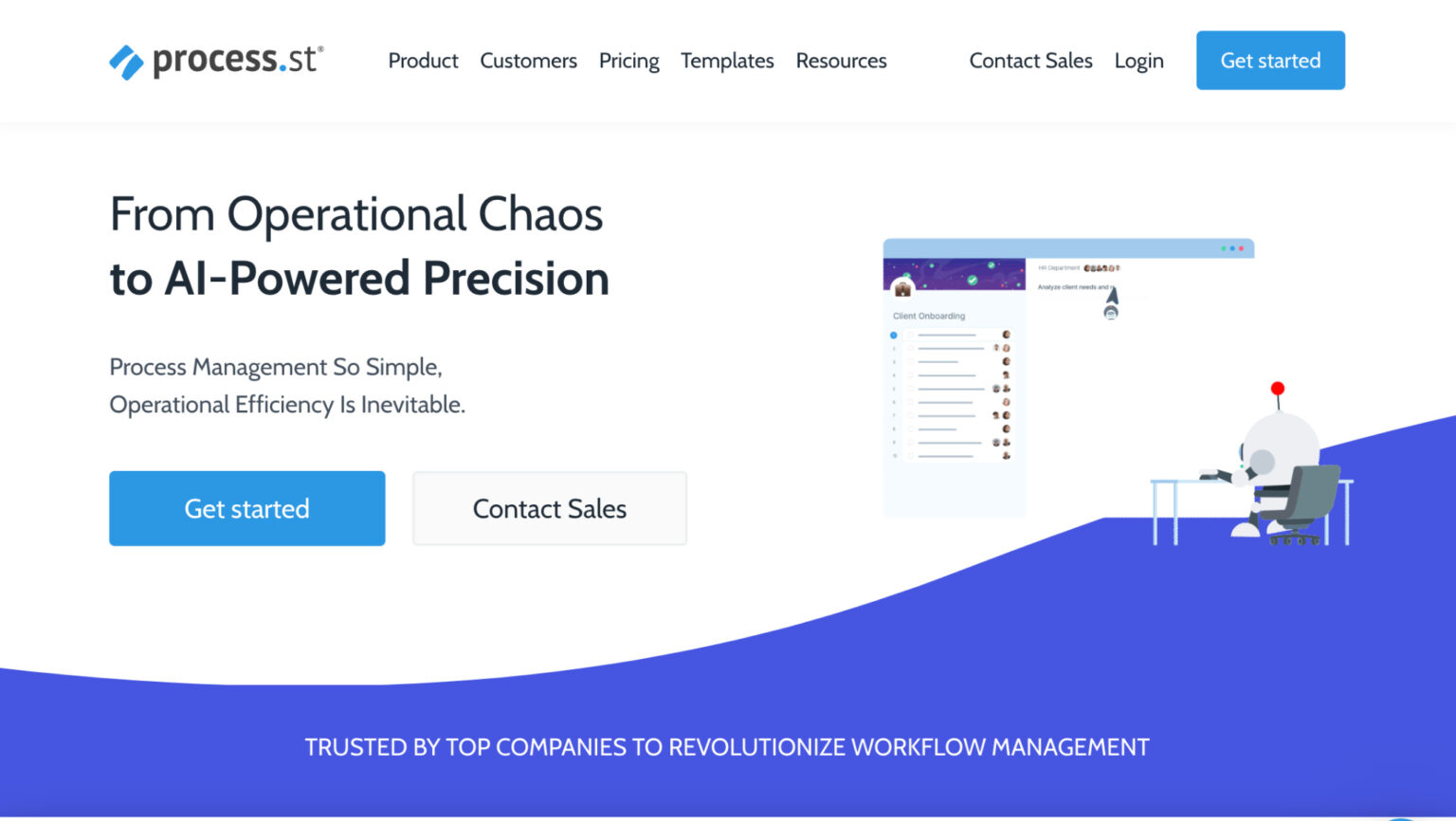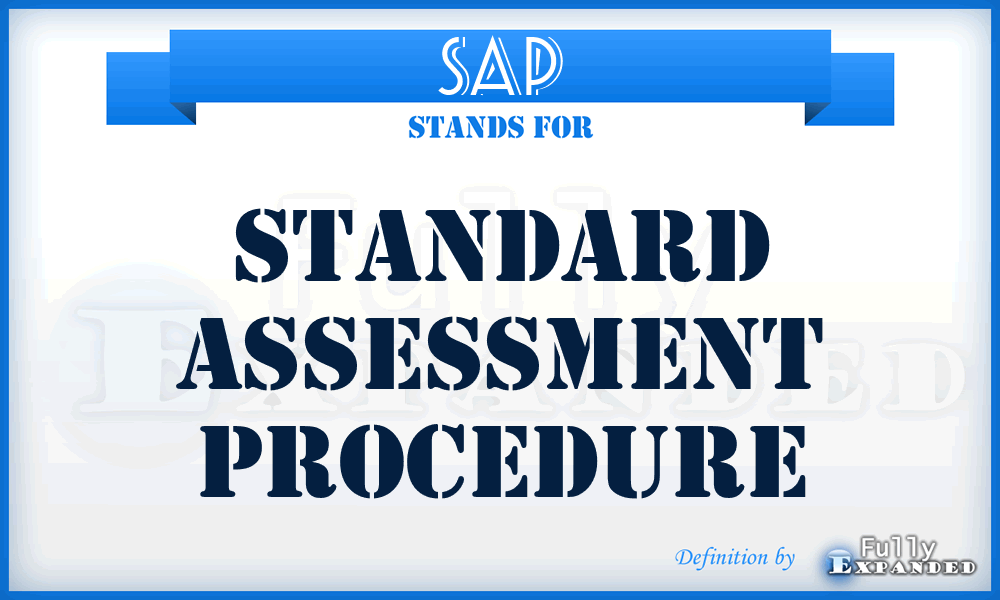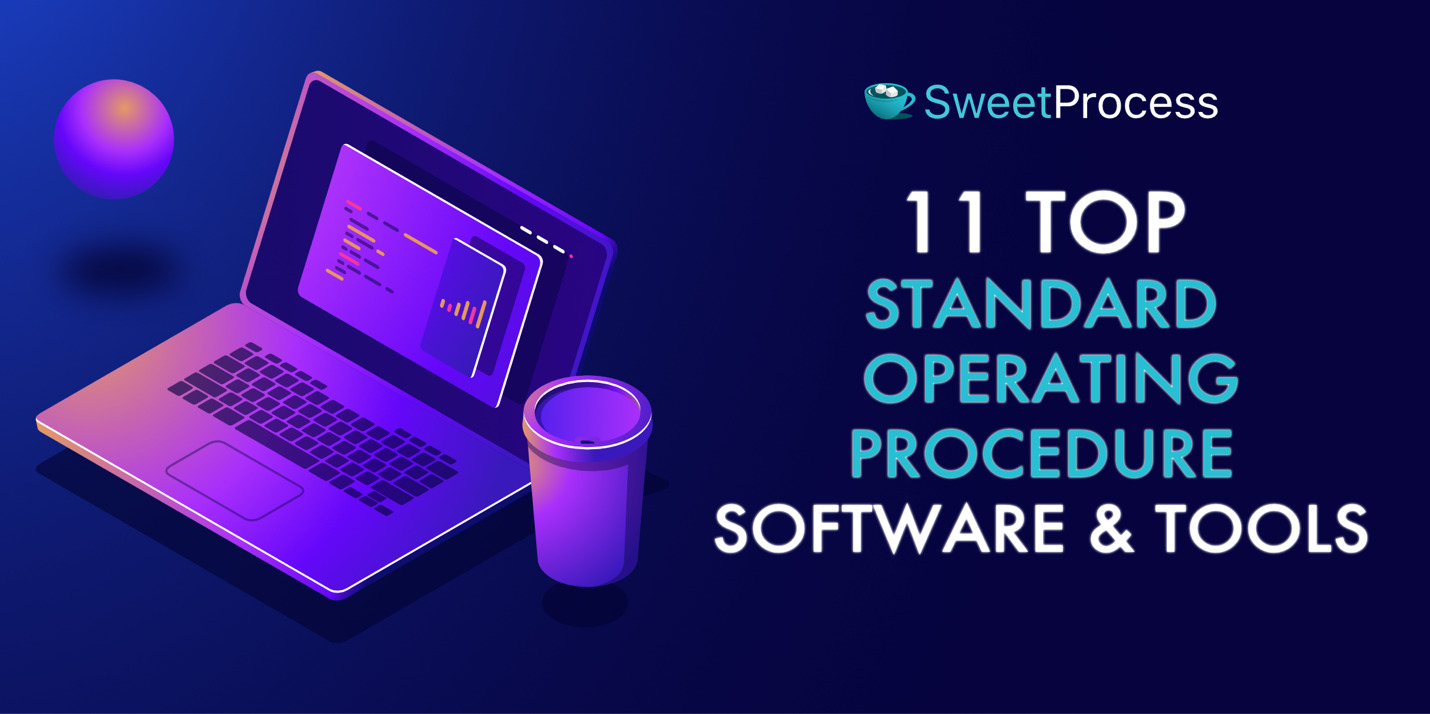Starting with standard assessment procedure software, this paragraph aims to provide an intriguing glimpse into the world of assessment tools, highlighting their importance and impact on various industries.
Exploring the key features and benefits of using such software, we delve into how it can revolutionize assessment processes and improve overall efficiency.
Overview of Standard Assessment Procedure Software
Standard Assessment Procedure (SAP) software plays a crucial role in the evaluation and assessment processes across various industries. It is designed to streamline the assessment procedures and ensure consistency and accuracy in the evaluation of different criteria.
Key Features of Standard Assessment Procedure Software
- Automated Data Collection: SAP software automates the collection of data, reducing manual errors and saving time.
- Evaluation Templates: The software offers pre-defined evaluation templates that can be customized based on specific assessment requirements.
- Scalability: SAP software is scalable to accommodate assessments of varying complexities and sizes.
- Reporting Capabilities: It provides comprehensive reporting features to analyze assessment results and generate detailed reports.
Streamlining Assessment Processes
Standard Assessment Procedure software streamlines assessment processes by centralizing data, automating repetitive tasks, and providing real-time insights for decision-making. This not only improves efficiency but also enhances the overall quality of assessments.
Common Users of Standard Assessment Procedure Software
- Energy Efficiency Assessors: In the energy sector, SAP software is commonly used for conducting energy performance assessments of buildings.
- Compliance Officers: Regulatory compliance assessments in various industries rely on SAP software to ensure adherence to standards and regulations.
- Educational Institutions: Schools and universities use SAP software for academic assessments and performance evaluations.
Benefits of Standard Assessment Procedure Software

Standard Assessment Procedure Software offers numerous advantages for organizations looking to streamline their assessment processes and improve overall efficiency. By utilizing this software, organizations can benefit in several ways compared to manual assessment methods.
Improved Accuracy
- Standard Assessment Procedure Software ensures that calculations are done accurately every time, reducing the risk of human error that is common with manual calculations.
- Automated software can perform complex calculations quickly and consistently, leading to more reliable results.
Enhanced Efficiency
- Automated assessment tools can handle large amounts of data efficiently, saving time and resources compared to manual data entry and analysis.
- Standard Assessment Procedure Software can generate reports and summaries automatically, allowing organizations to make informed decisions faster.
Cost Savings
- By reducing the need for manual labor in the assessment process, organizations can save on labor costs and allocate resources more effectively.
- Standard Assessment Procedure Software can help identify areas for improvement and optimization, leading to cost savings in the long run.
Key Components of Standard Assessment Procedure Software

Standard Assessment Procedure (SAP) software typically consists of several key components that work together to streamline the assessment process. These components are essential for ensuring accurate and efficient evaluations of building energy performance.
Data Collection Module
The data collection module is a crucial component of SAP software, allowing users to input relevant information about a building’s characteristics, such as dimensions, materials used, and heating systems. This data serves as the foundation for the assessment process and is used to calculate energy consumption and CO2 emissions.
Energy Calculation Algorithms
Energy calculation algorithms are at the core of SAP software, performing complex calculations to estimate a building’s energy performance. These algorithms consider factors like insulation levels, heating efficiency, and renewable energy sources to determine the overall energy efficiency rating of a building.
Reporting Tools
Reporting tools in SAP software enable users to generate detailed reports summarizing the assessment results. These reports typically include energy consumption figures, CO2 emissions data, and recommendations for improving a building’s energy efficiency. Clear and concise reports are essential for communicating assessment findings to stakeholders.
Customization Options
Customization options allow users to tailor assessments to specific needs, making SAP software adaptable to different types of buildings and energy systems. By customizing assessment parameters, users can ensure that the software accurately reflects the unique characteristics of each building, leading to more precise energy performance evaluations.
Data Management and Analysis
Data management and analysis tools are integrated into SAP software to streamline the process of organizing and interpreting assessment data. These tools help users track energy consumption trends, identify areas for improvement, and make informed decisions about energy efficiency upgrades. Effective data management is essential for optimizing building performance over time.
Implementation and Integration of Standard Assessment Procedure Software

Implementing standard assessment procedure software within an organization requires careful planning and execution to ensure a smooth transition and maximize the benefits of the software. Integration with existing systems and workflows is crucial for seamless operation and data consistency. Training staff on using the software effectively is essential for successful adoption and utilization.
Best Practices for Implementing Standard Assessment Procedure Software
- Develop a clear implementation plan outlining objectives, timelines, and responsibilities.
- Gain buy-in from key stakeholders and involve them in the decision-making process.
- Provide adequate training and support to all staff members involved in using the software.
- Monitor progress regularly and make necessary adjustments to ensure successful implementation.
- Communicate consistently with staff to address any concerns and gather feedback for continuous improvement.
Integration with Existing Systems or Workflows
- Identify compatible systems and tools that can be integrated with the standard assessment procedure software.
- Work closely with IT professionals to ensure seamless integration and data transfer between systems.
- Create standardized processes for data entry and sharing to maintain consistency across different platforms.
- Regularly test and validate the integration to address any compatibility issues or data discrepancies.
Tips for Training Staff on Using Standard Assessment Procedure Software Effectively
- Provide hands-on training sessions with real-life examples to demonstrate the software’s functionality.
- Create user guides and resources for easy reference and troubleshooting.
- Offer ongoing support and refresher training to reinforce learning and address any challenges faced by staff.
- Encourage feedback and suggestions from users to improve usability and optimize workflow efficiency.
Epilogue: Standard Assessment Procedure Software
In conclusion, standard assessment procedure software offers a comprehensive solution for organizations looking to streamline their evaluation methods and enhance accuracy. By integrating customizable components and efficient data management, this software proves to be a valuable asset in today’s fast-paced business environment.
